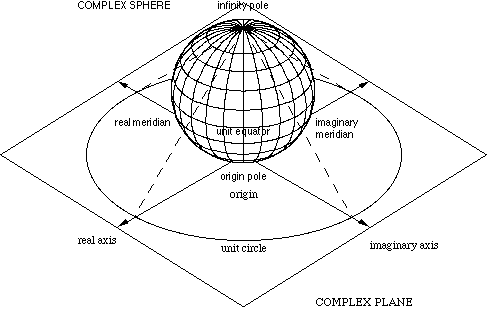It turns out that Fabrizio Palombi, author and editor of books on the late combinatorialist-philosopher Gian-Carlo Rota, is also an expert on the French charlatan Lacan. (For recent remarks related to Rota, see yesterday's Primordiality and the link "6.7 (June 7)" in today's The Crowe Sphere.)
"We all have our little mythologies."
— "Lacan’s Mathematics," by Amadou Guissé, Alexandre Leupin, and Steven D. Wallace (a preprint from the website of Steven D. Wallace, assistant professor of mathematics at Macon State College, Macon, GA.) A more extensive quote from "Lacan's Mathematics"—
Epistemological Cuts* or Births?
An epistemological cut can be described as the production of homonyms. For example, the word orb in Ptolemaic cosmology and the same word in the Kepler’s system, albeit similar, designate two entities that have nothing in common: the first one, in the Ancients’ cosmology, is a crystal sphere to which stars are attached; orb, for Kepler, is an ellipsis whose sole material existence is the algorithm describing its path. A cut becomes major when all word of different eras change meaning. A case in point is the cut between polytheism and monotheism (Judaism): the word god or god takes an entirely different meaning, and this change affects all areas of a vision of the world. From the non created world of the Ancients, inhabited by eternal Gods, we pass on to a world created by a unique God, who is outside of his creation. This cut affects all areas of thinking. However, mythology, albeit separated from the new vision by the cut, survives as an enduring residue. Our sexual thinking, for example, is essential mythological, as proven by the endurance of the Oedipus complex or our cult of this ancient deity called Eros. Love is inherently tied to what Freud called the omnipotence of thought or magical thinking.
Of course, the quintessential major epistemological cut for us is the break effectuated by modern science in the 17th century. All the names are affected by it: however, who can claim he or she has been entirely purged of pre-scientific reasoning? Despite us living in a scientific universe, we all have our little mythologies, residues of an era before the major epistemological cut.
Any modeling of major epistemological cuts, or paradigm changes as Thomas Kuhn would have it, has therefore to account at the same time for a complete break with past names (that is, new visions of the world) as well as the survival of old names and mythologies.
* For some background on this Marxist jargon, see Epistemological Break (La Coupure Épistémologique ) at the website Concept and Form: The Cahiers pour l’Analyse and Contemporary French Thought.





